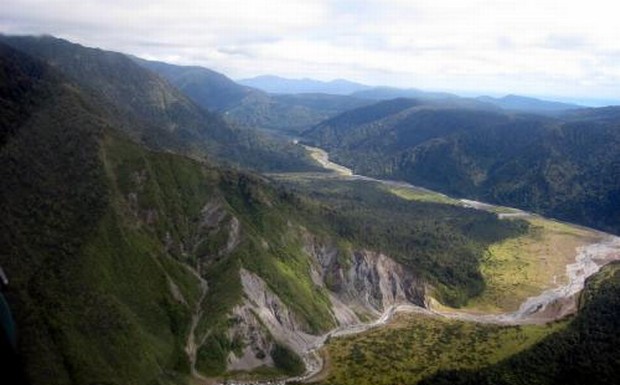
Published on October 21, 2014 at 6:39

Wellington: An international team of scientists drilling a 1.3-km deep hole into the Alpine Fault in New Zealand’s South Island said that they have been gaining valuable insights into the Earth’s crust and now they are less than a quarter of the way down.
The New Zealand-led team had drilled a 240 meters deep bore hole, the ever attempted in the fault, through gravel-laden sediments, north of the Franz Josef Glacier where a metamorphic bedrock was hit.
Project co-leader, John Townend of Victoria University, said in the statement that
the bore hole would provide the scientific data required to improve understanding of the largest seismic hazard in the South Island.
The Alpine Fault on-land boundary between the Pacific and Australian tectonic plates are said to have been moving about 27 meters horizontally in every 1,000 years, in three or four separate large ruptures.
Scientists had evidence that it had ruptured 24 times within the past 8,000 years at an average interval of 330 years, although individual intervals were from 140 to 500 years.
The fault that ruptured 297 years ago was in 1717. According to scientists it had a 28 percent probability of rupturing in the next 50 years, which was high by global standards.
By comparing rocks recovered from the surface, the research team hoped to discover how the earth’s crust deformed during earthquakes, and learn about chemical and physical changes occurring at various depths inside the fault zone.
Video on New Zealand fault hole